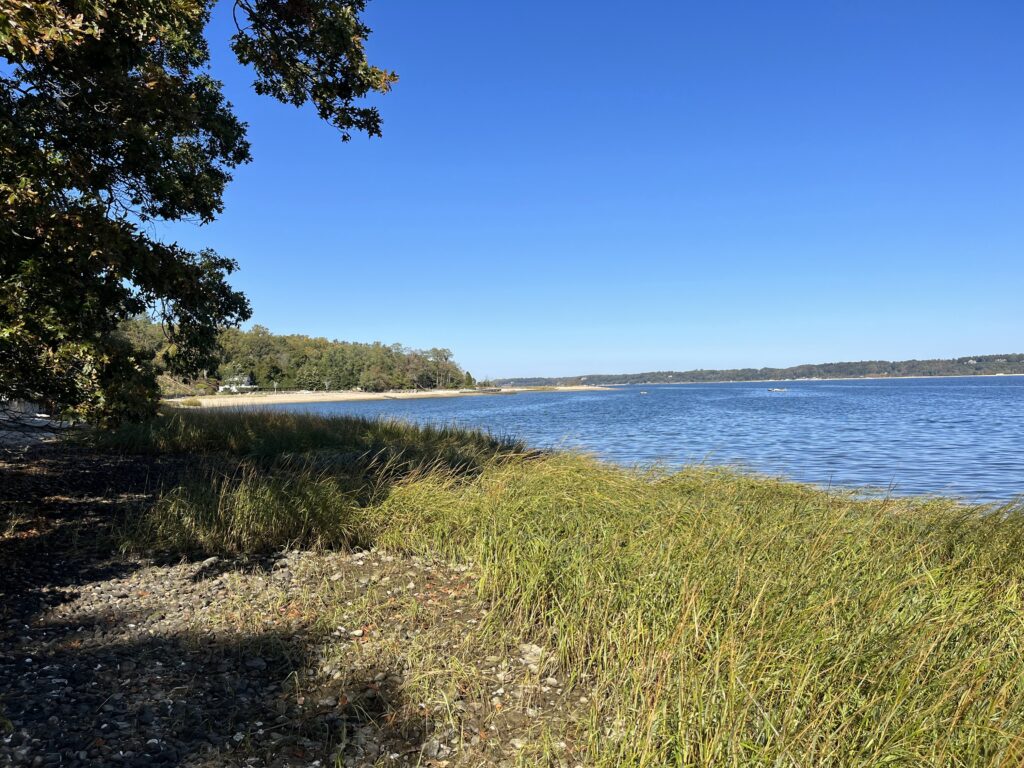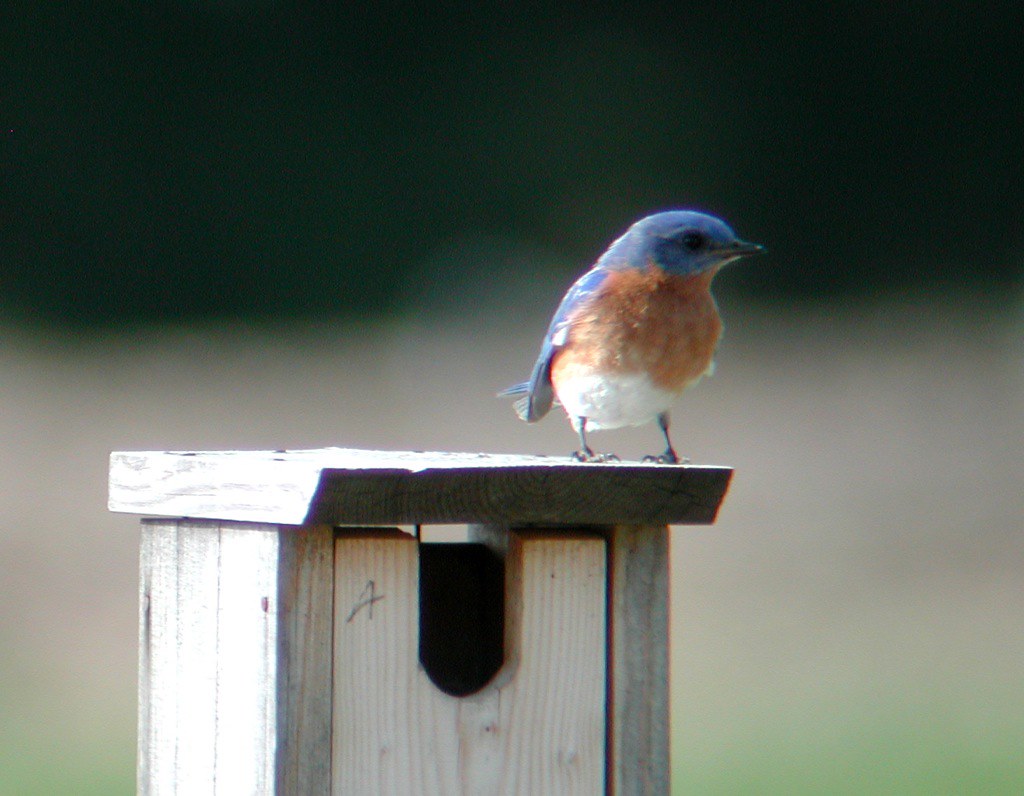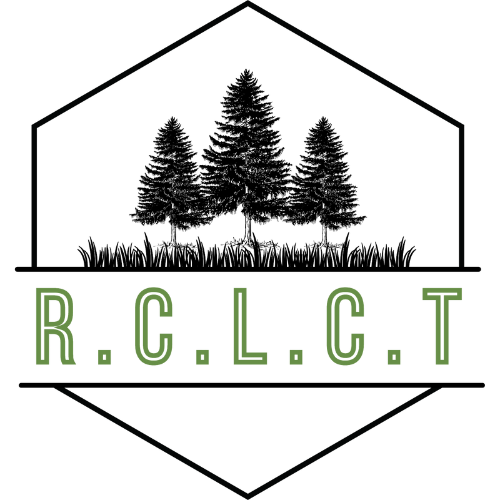LAUREL HILL FARMS
LAUREL HILL FARMS is a 128-acre property that spans across the Cove Neck peninsula, from Oyster Bay to Cold Spring Harbor. Historically comprised of woodlots, pastures and a horse farm, the property is now being managed as a wildlife sanctuary and nature preserve.
In the coming years and decades, efforts will be made to safeguard existing habitat and restore the property’s ecological health.
The diversity of habitats at Laurel Hill Farms includes the following:


Shoreline / Saltmarsh
The property’s sections on Oyster Bay and Cold Spring Harbor provide habitat for a range of wildlife species. The shoreline and adjacent open water provide shelter and forage for winter waterfowl, including Bufflehead, Hooded Mergansers and Common Loon. The beaches provide habitat for spawning Horseshoe Crabs and nesting Diamondback Terrapins, as well as countless invertebrate species that in turn provide forage for a wide variety of resident and migratory shorebirds such as Willet, Greater Yellowlegs and Dunlin. The salt marsh provides important habitat for a diverse range of wildlife, including fish, mollusks and birds.

Forest
The property’s expansive woodlands represent some of the best deciduous forest habitat in Nassau County. They provide important permanent, breeding and migratory habitat for a range of “forest specialist” species, including birds (e.g. Hairy Woodpecker, Wood Thrush, Hooded Warbler, Scarlett Tanager), amphibians (e.g., Spotted Salamander, Wood Frog) and mammals (e.g. Northern Flying Squirrel, Little Brown Bat). A host of other species benefit from the “edge habitat” where the forest meets fields and coasts.

Freshwater Wetlands
Vernal pools on the property provide rare habitat and support a unique and important assemblage of forest wildlife. Seatuck has documented Spotted Salamanders and Wood Frogs breeding in these shallow wetlands – a sign of both good vernal pool habitat and good forest habitat. Spring Peepers and Gray Tree Frogs have also been heard in the area and are expected to be using the vernal pools.

Fields
The property’s former farmed and other developed areas add habitat diversity, including fields and forest edge. The recent addition of nest boxes and feeders to these locations are benefitting resident and migratory songbirds. As restoration efforts expand, there areas will increasingly provide ecological services and wildlife benefits.
